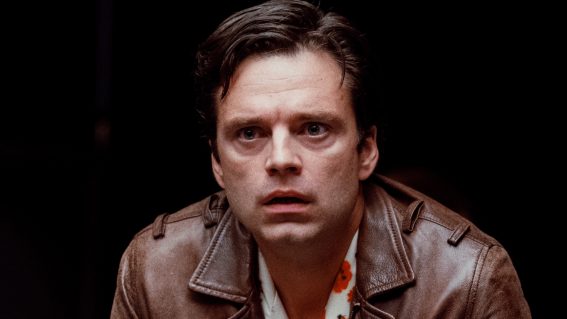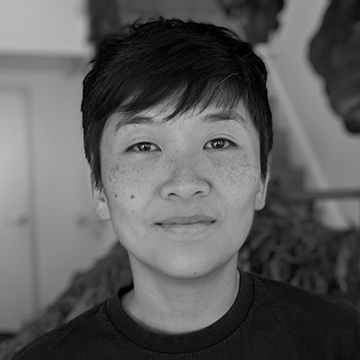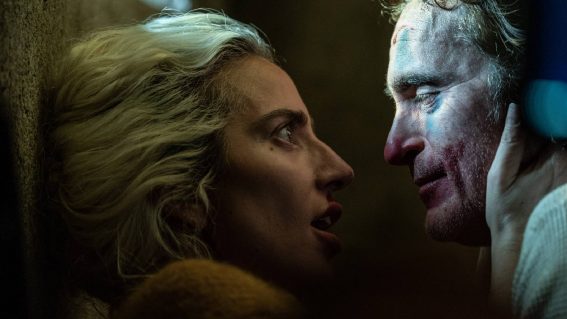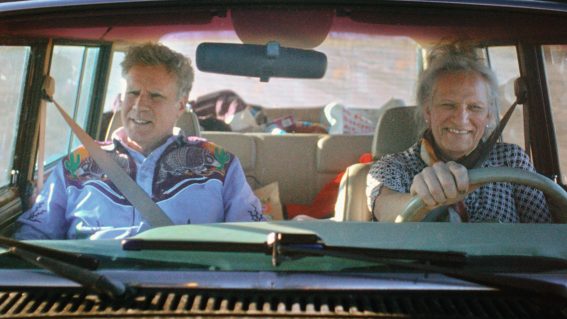Review: Lovely Rita
Lovely Rita at once falters in its exploration of an artist, and succeeds perfectly as testament to the eloquence of her work. Unpretentious, not given to mystique, Angus was determined to make a living in art. But the overwhelming picture Lovely Rita gives, mixing tryingly glowing testimonies with the delightfully frank insights of her friends, […]
Lovely Rita at once falters in its exploration of an artist, and succeeds perfectly as testament to the eloquence of her work.
Unpretentious, not given to mystique, Angus was determined to make a living in art. But the overwhelming picture Lovely Rita gives, mixing tryingly glowing testimonies with the delightfully frank insights of her friends, is that here’s a woman who either liked to keep you guessing, or – more likely – just didn’t care what people thought of her, except what they could glean from her work.
So the picture is at once a vexing cipher – seventy minutes of people skirting around any real insight into who this person was – and a loving exploration of the woman through her paintings. Here was a person who believed passionately in her ability to leave a trace of herself on every canvas, and Preston is at her most lyrical when attempting to tease out that essence.
That lyricism fails somewhat elsewhere: Alun Bolinger’s camera takes a game stab at recreating Angus’ stark watercolour palettes through the digital lens, but even he can’t save the misguided attempts at re-enactment. Loren Horsley’s beauty is at odds with Angus’ stern features, and her “evocation” seems underdirected and floaty. (Surely a truly brave choice would be to have Rita portrayed by an actress closer to her own idealised self-image in works like Rutu).
No attention is paid to why she painted how she did. If there’s interesting insight to be gained from comparison of Angus’ painterly aspirations and her social beliefs, it’ll have to be made elsewhere.
So this is where we’re left: a picture whose core statement seems to be, if you want to know Rita Angus, you can’t go past the paintings themselves.
But you know what? It’s exactly right.





















